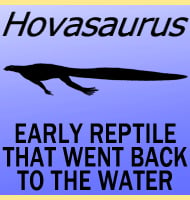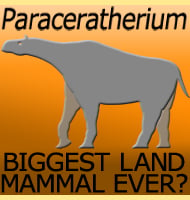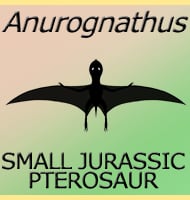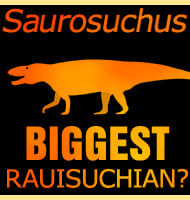In Depth
Anningasaura was named in honour of Mary Anning. Mary Anning lived in the early nineteenth century, and spent a lifetime collecting fossils on the shorelines of Dorset, many of which were sold in her families shop in Lyme Regis. Anning’s discoveries and contributions to science would eventually lead to worldwide recognition of her work, and so she became the first woman to make a name for herself in the field of palaeontology.
As a plesiosaur genus, Anningasaura appears to have been fairly small in relation to other plesiosaurs, though for the early Jurassic this is not that unusual. The holotype skull (NHMUK 49202) of Anningasaura was first collected at Lyme Regis in Dorset, the home of Mary Anning and obvious inspiration of the name. Fossil deposits of Lyme Regis and Dorset in general are famous for the large numbers of marine organisms found in them, though dinosaurs such as Duriavenator are also known. Since the description of the holotype, the partial post cranial skeleton of a juvenile (NHMUK OR1336) once attributed as a species of plesiosaurus have also been attributed to Anningasaura.
Like with other plesiosaurs, Anningasaura would have been a piscivorous predator, which means that it mostly ate fish but possibly also soft bodied cephalopods similar to modern squid. Anningasaura in turn would have had to keep a sharp eye out for early pliosaurs which were beginning to grow big and have a preference for marine reptiles like plesiosaurs.
Further Reading
- Anningasaura, a basal plesiosaurian (Reptilia, Plesiosauria) from the Lower Jurassic of Lyme Regis, United Kingdom - P. Vincent & R. B. J. Benson - 2012.









